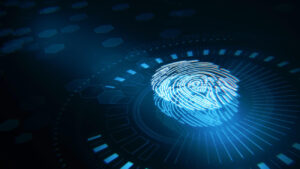Given that many people are opting to use internet tools to access sensitive information on the web, it is imperative to use multi-level security to access your sensitive information.
A single layer of security allows hackers to use various available techniques to break into your system or applications easily. Having multiple layered security adds that extra layer of security to prevent you from experiencing phishing and data breaches.
The added security is enabled using a device you have or your biometrics.
What Is Multi-factor Authentication (MFA)?
Multi-factor authentication (MFA) is a security method which allows users to have two or more variable factors of identification. It is a layered security prior to allowing access to an application or system. The factors are usually slotted into following categories:
- A password, created by the user usually at the time of registration or signing up.
- A smart card, physical token, or mobile phone generated by the user.
- A biometric such as a facial recognition or fingerprint.
By enabling the multiple layers of verification, MFA builds an extra security beyond having only a username with a password. Thus makes it far more challenging for a hacker to break into your account. The multiple layers of security prevents your information even if the hacker has gained your password via data breaches, social engineering, or phishing.
For instance, while logging into a system or application you will be prompted to enter a password created by you at the time of signing up. And then you are prompted to use your mobile phone to generate and enter a One Time Passcode (OTP). Here, what you know is the password and what you have is your mobile device to generate a passcode.
Summary
MFA is being used by several systems and applications today to prevent the user sensitive information from being vulnerable to hacks. It also has other advantages such as:
- It helps Increase user trust in the application or system.
- Also protects from insider attacks (ex-employees, unauthorized employees etc.)
- Prevents from credential stuffing attacks
- Significantly lowers the risk of data breaches
- Greatly improves compliance
In a nutshell, Multi- factor authentication (MFA) prevents users and their sensitive data from a wide array of security threats and enhances user confidence in the system and applications. It also helps build user trust with the organization. The company is happy if compliance plays a role in its functioning, and so are employees and customers. A company gains credibility in this manner.
The article was authored by Bahaa Abdul Hadi and has been published by the editorial board of the Identity Herald. For more information please visit www.identityherald.com



